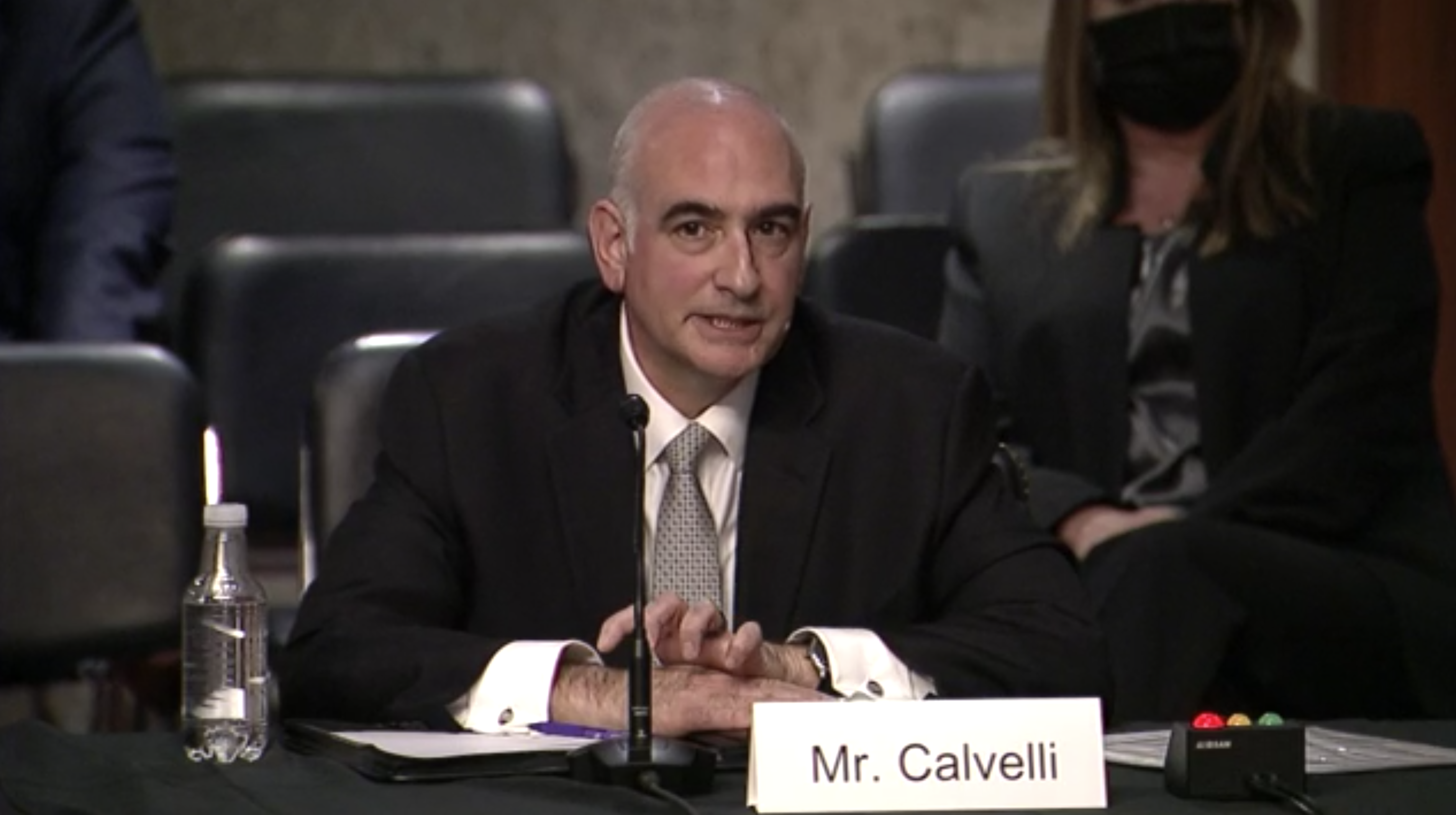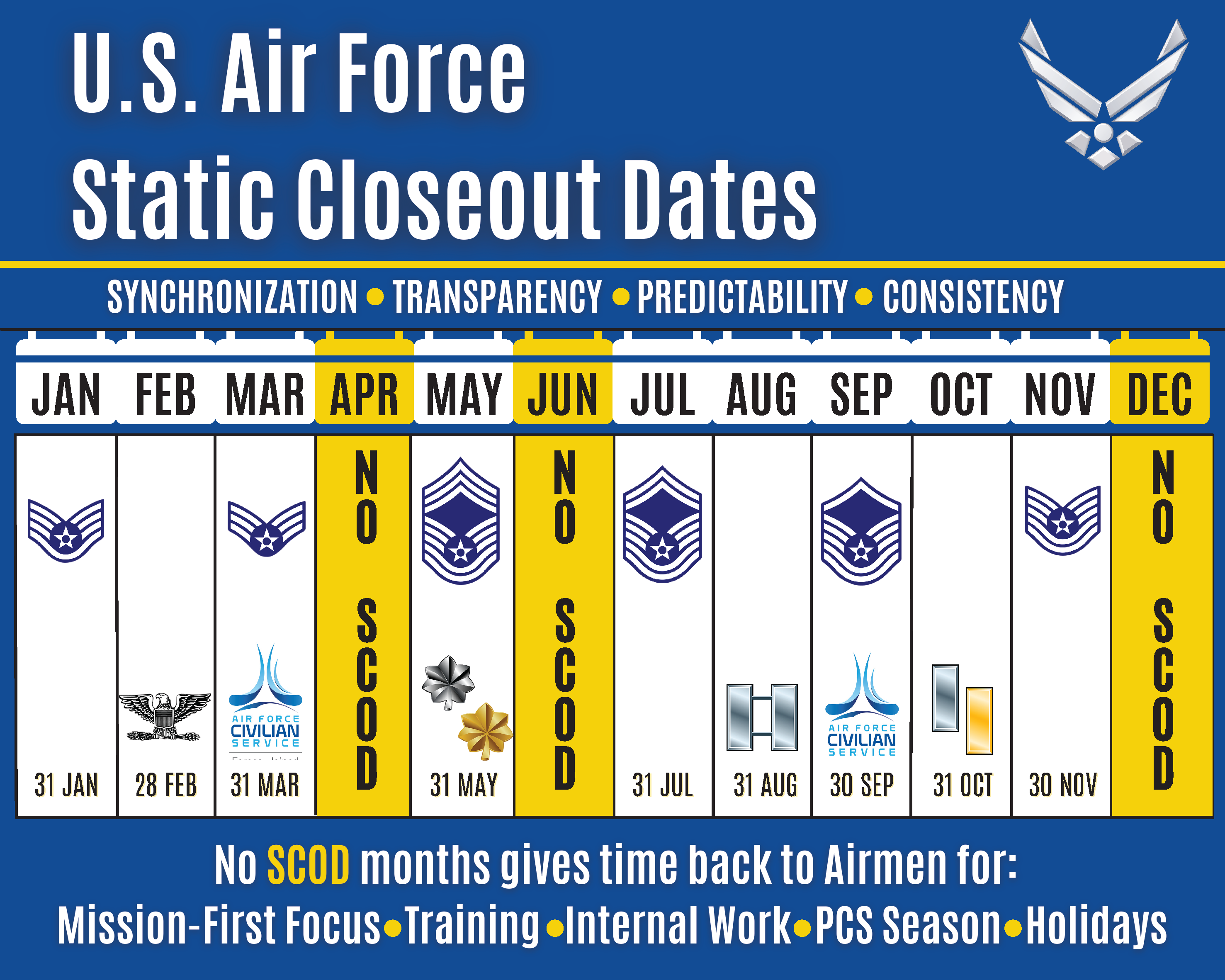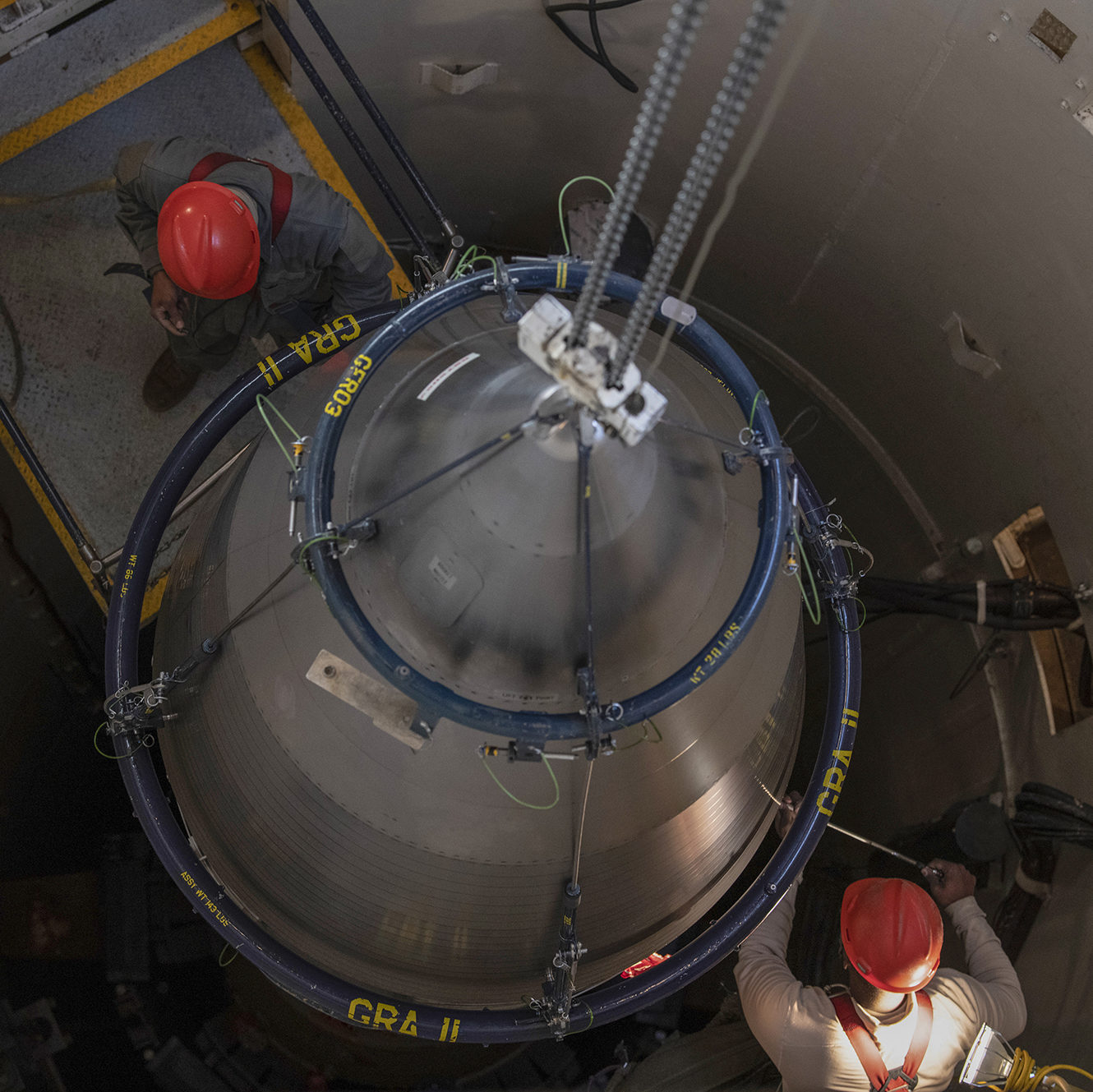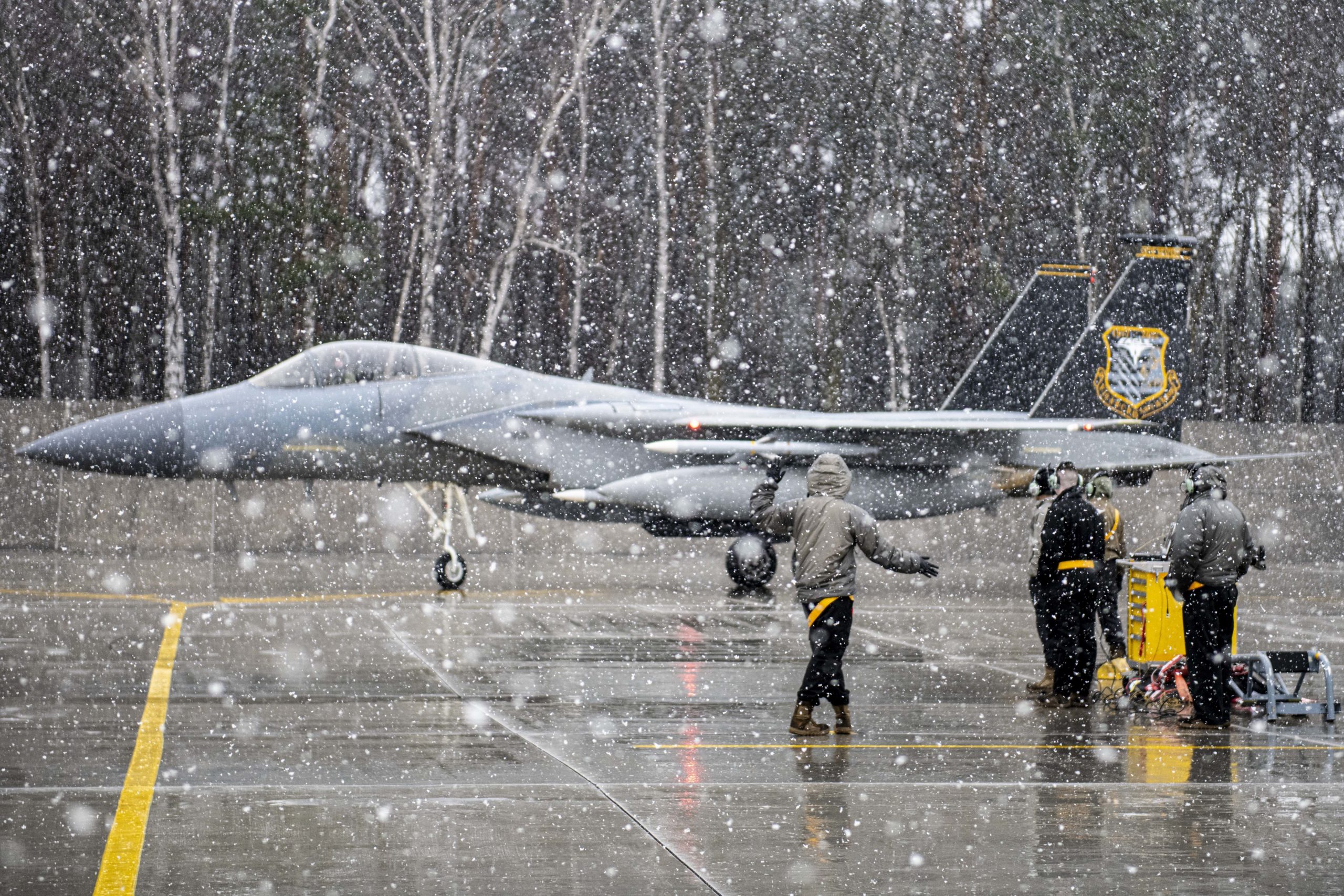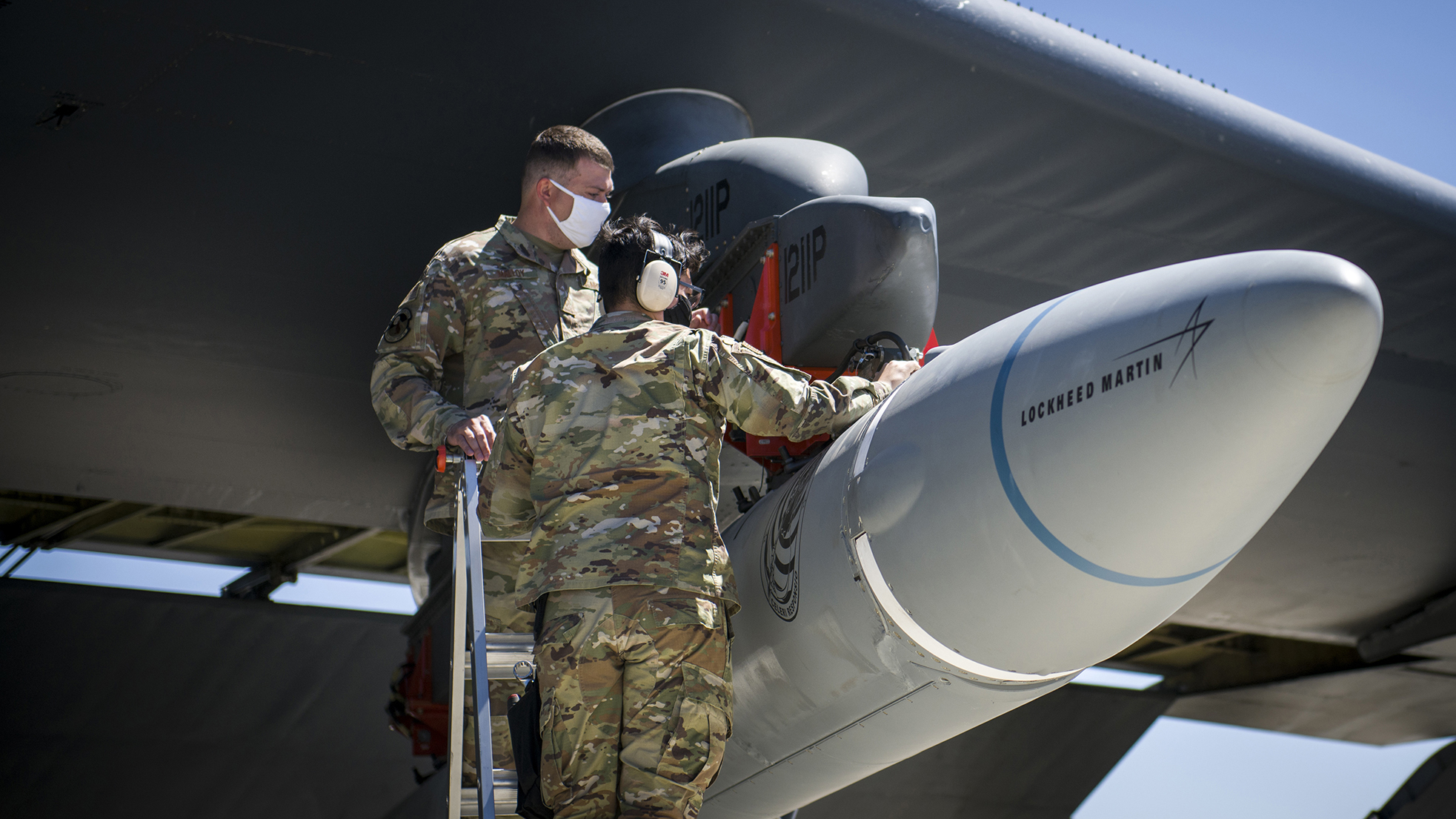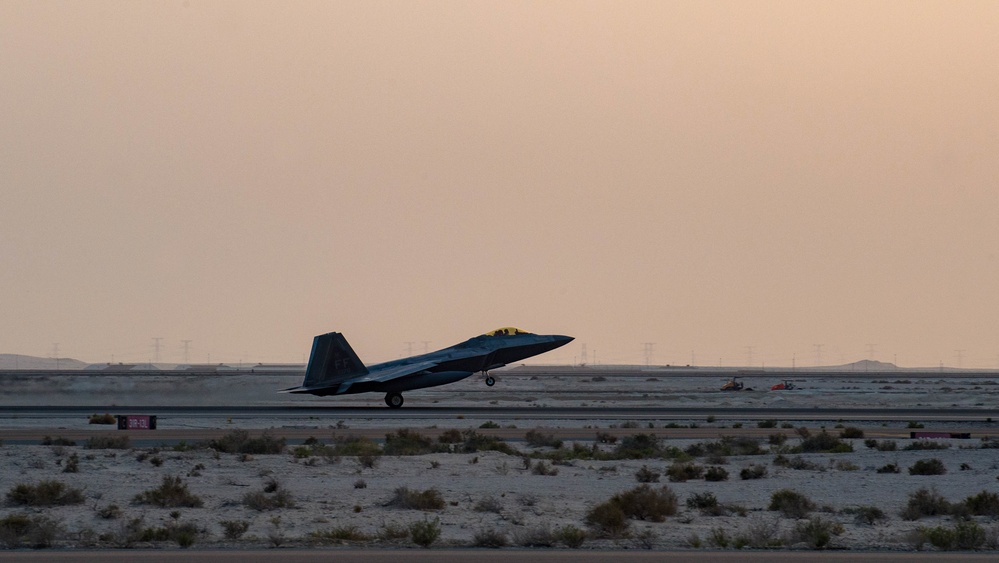The Department of the Air Force’s self-described “innovation arm” AFWERX plans to begin interviewing military spouses to permanently telework for many of its civilian job openings.
AFWERX announced the new strategy in a live-streamed hiring event hosted together with Sharene Brown, the wife of Air Force Chief of Staff Gen. Charles Q. Brown Jr., on Feb. 17. Leaders from AFWERX and its parent organization, the Air Force Research Laboratory, previewed a hiring fair taking place through mid-March with dozens of entry- and mid-level jobs in financial management, contracting, program or project management, science and engineering, and data analytics.
The issue of spouse employment is one of five topics Sharene Brown selected to address in her Five and Thrive initiative launched in 2021 that focuses on military families’ quality of life.
Brown acknowledged how jobs being interrupted by moves, or licenses not transferring from state to state, often hold back qualified military spouses from advancing in their careers. “An extended gap” between jobs “can even lead to a significant lag in industry knowledge and best practices,” she said.
“It is not a well-known fact, but it’s important to highlight that our military spouses typically have higher graduate and professional degrees than their civilian counterparts,” Brown said during the virtual event, citing a 2016 survey by Blue Star Families. “Spouses want to work and are qualified. They’re educated, and they bring a unique and valuable skillset to any team.
“So as Gen. Brown is motivating our Air Force to ‘accelerate change or lose,’ AFWERX is continuing to work within this framework by offering to hire our military spouses for full-time telework,” Brown said.
If the hiring strategy works, it could serve as a pilot “that has the potential to grow into other organizations,” said AFWERX’s director, Air Force Col. Nathan P. Diller.
AFWERX’s chief of strategic investment, Lt. Col. Wesley Spurlock, warned spouses who may apply that working remotely for AFWERX isn’t easy.
“It’s not any less work, that’s for sure. But what it is, is impactful and fulfilling,” Spurlock said, describing the organization as similar to “a startup where a lot of like-minded folks are trying to solve really hard problems and making a big difference.”
The Department of the Air Force’s deputy assistant secretary for contracting Maj. Gen. Cameron G. Holt characterized AFWERX as occupying a place “on the front lines” in the DOD’s “fight with China—economically, technologically, informationally.” He connected the contracting professionals’ role in working with “young startup companies that are innovative” but also vulnerable to Chinese investment and the siphoning away of intellectual property.
The commander of the Air Force Research Laboratory, Maj. Gen. Heather L. Pringle, said she’s “excited by the approach that the AFWERX team is taking” in reaching out to spouses.
“I’ll tell you, there’s nothing I love more than accelerating science and technology, but a close second to that is building the best team,” Pringle said. “There’s so much talent out there, amazing expertise, experiences, team players who solve tough problems—people who are dedicated and selfless and live by our core values,” Pringle said.
She could also sympathize with the military spouses juggling careers and kids:
“The household revolves around the munchkin,” Pringle said, “so I have to adapt my work to get after that.”




